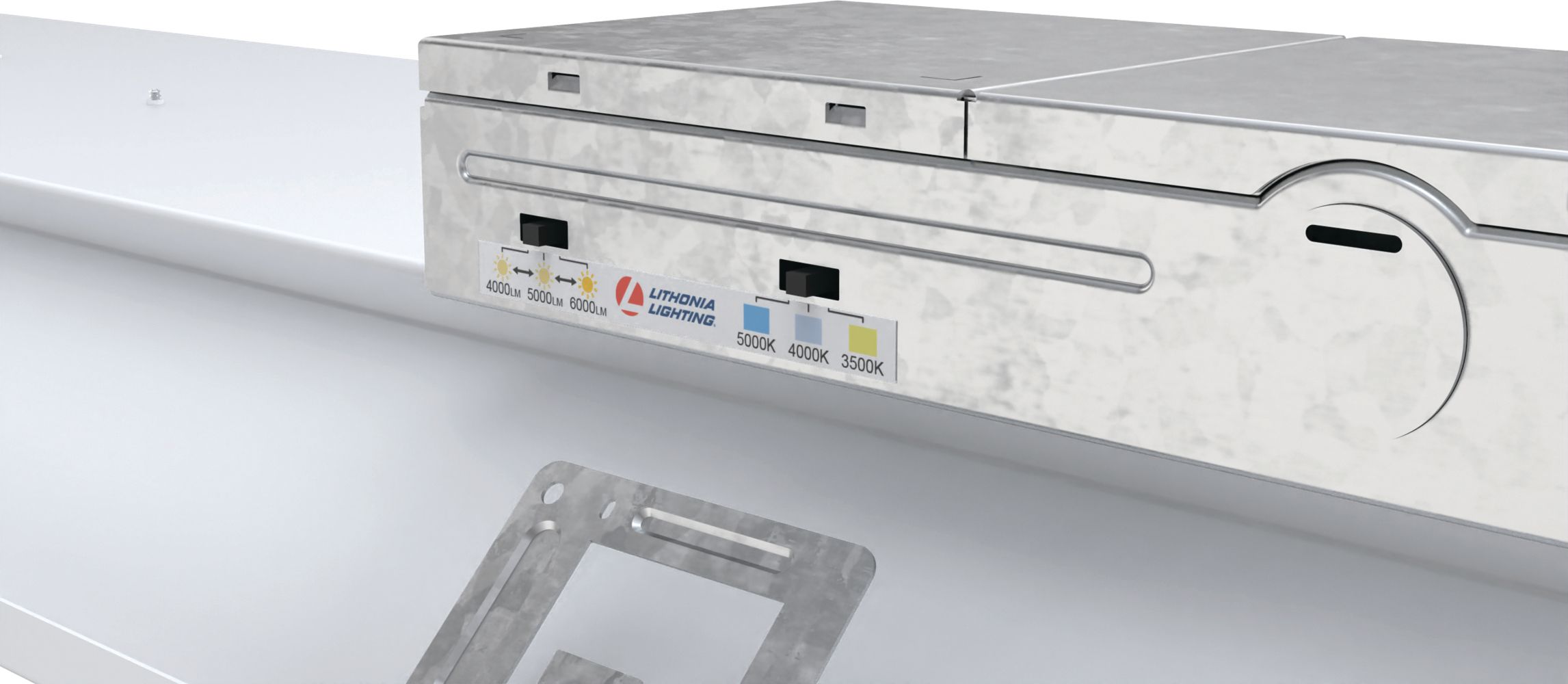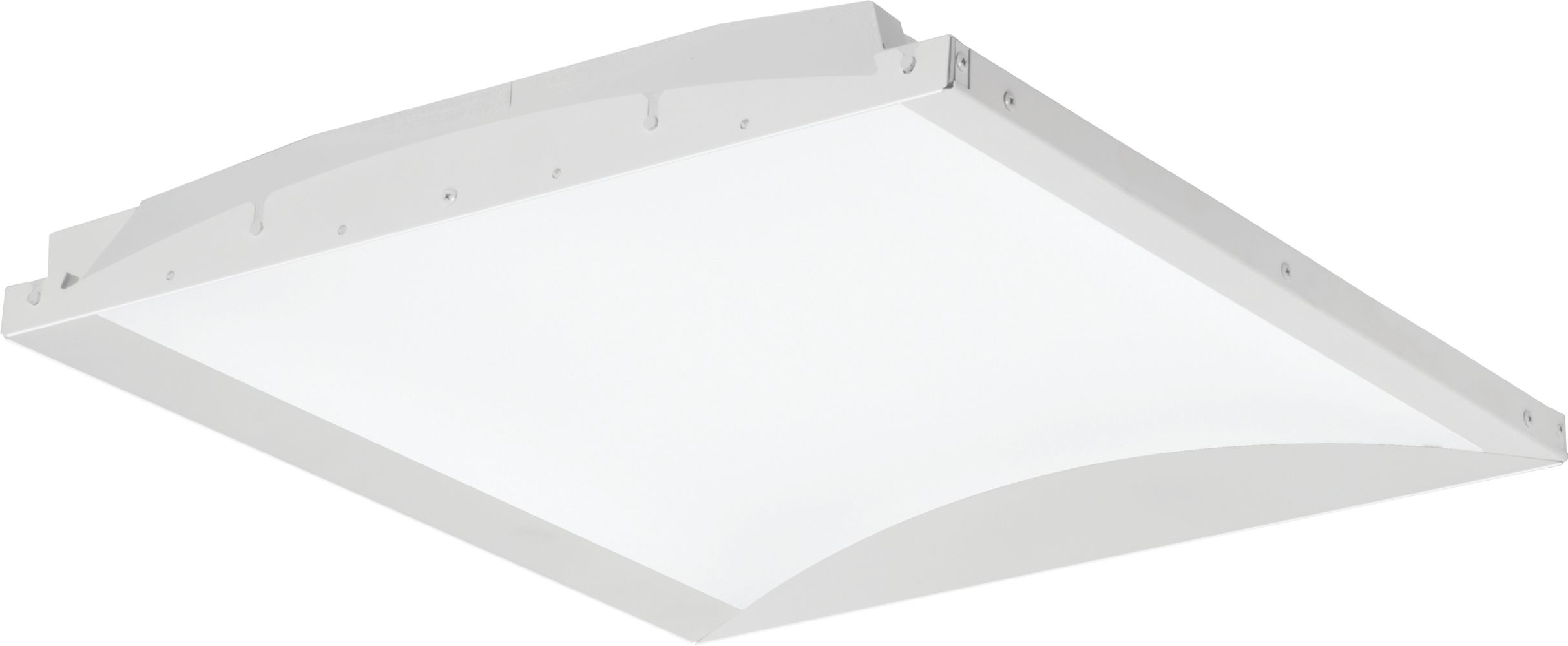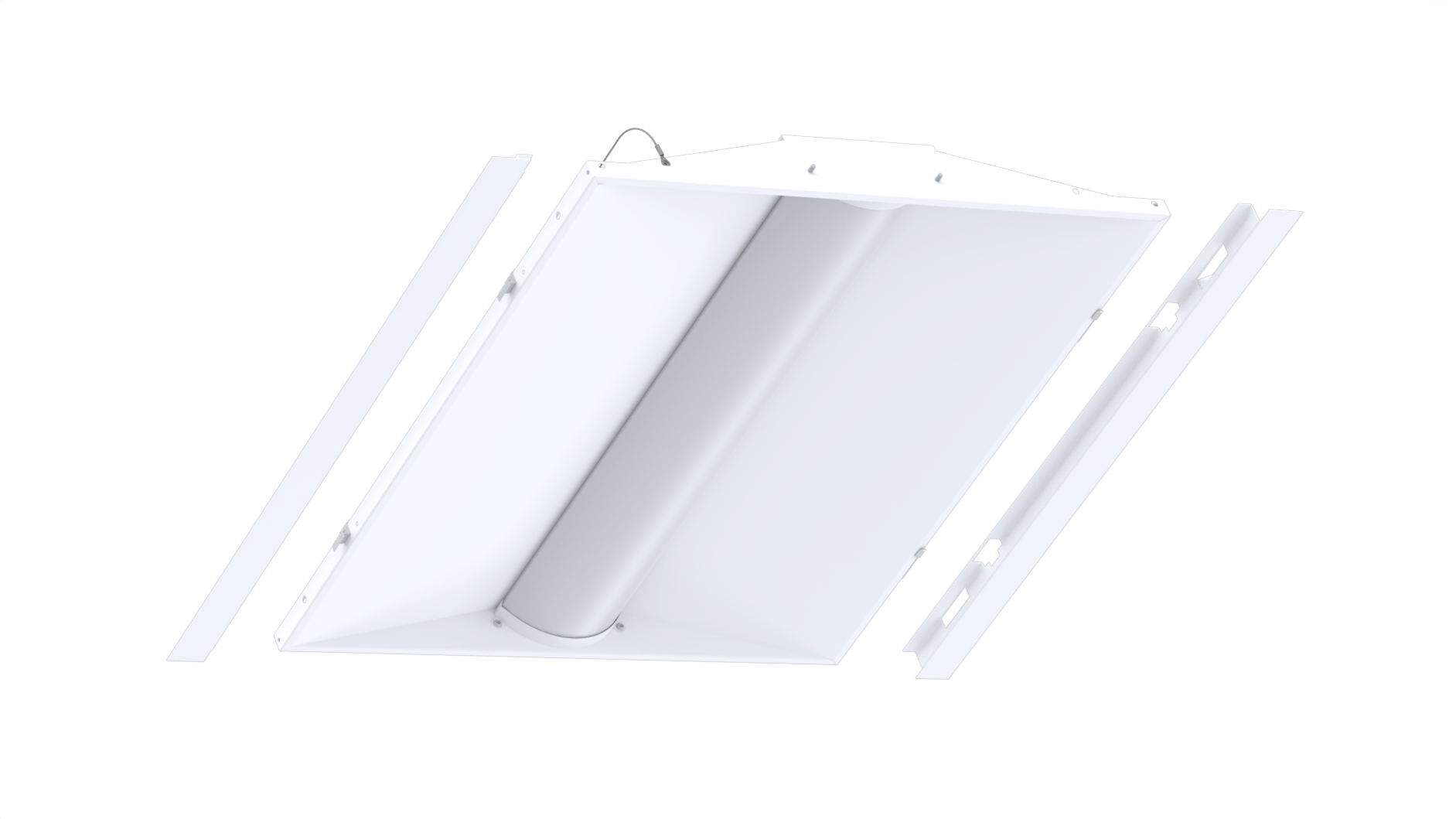While life felt like an unpredictable roller coaster ride during the pandemic, one thing is certain—the commercial office sector will likely never be the same.
With a Future Workforce report predicting that some 25-30% of all workers will be working remotely by 2025—nearly double that of pre-pandemic levels—and more than half of the workers surveyed for a recent FlexJobs study claiming that they’d quit if they weren’t offered an opportunity to work remotely at least part of the time, the role and layout of office space will necessarily need to change in the post-pandemic era.
Nationwide, as firms welcome employees back to the office after a two-year hiatus, a March 2022 article published in The National Law Review revealed that “many companies are actively exploring ways to make coming to the office attractive to their employees, either through the physical attributes of the space, enhanced amenities or proactive programming to ensure that time in the office is well spent and dedicated to matters that can only be accomplished by in-person interaction.”
Lighting, lighting controls and wiring device manufacturers offer products that companies can use to help create attractive and flexible workspaces, support targeted tasks in different areas and provide employees with greater control over their work environment—all of which can help contribute to greater job satisfaction.
Following, and based on trends witnessed over the past two years, experts from several major IMARK Electrical manufacturers share their thoughts on how their products will help commercial office space evolve to best meet the needs of a post-pandemic workforce.
The Evolution of Commercial Office Space
“While the pandemic certainly brought about a decline in traditional commercial office construction beginning in 2020, we do see a return to growth, with current industry forecasts suggesting a 5-10% increase in commercial office construction per year through 2025,” shared Tommy Harris, vice president & general manager of commercial lighting at Acuity Brands Lighting and Controls in Conyers, Georgia. “As a result, we expect to continue to see increasing demand in both renovation and retrofitting of existing office space as well as renewed activity in the planning of new office construction.”
As society transitions out of the pandemic, however, “many companies are reinventing themselves and putting a tremendous amount of thought into their respective ‘return to office’ plans,” Harris said. “While some will go back to a traditional type of office environment, other concepts such as ‘hoteling’—an alternative to traditional permanent seating in which workspaces and conference rooms are available for employees to reserve in advance or based on their needs, allowing employees to work where and when they want—will become more prevalent, enabling flexibility and configurability in more ways than we’ve seen in the past.”
Sabrina Snyder, director of product marketing at Wiremold/Legrand in West Hartford, Connecticut, agreed. “We expect the level of demand for commercial space to remain roughly the same overall, but with changing dynamics within the category in response to the new ‘hybrid’ model of work,” she said. “While some workplace footprints are shrinking, statistics show that others are expanding to include more flexible spaces that are usable for collaboration and can be adapted for changing needs.”
“Since the hybrid approach is certainly here to stay, commercial office spaces will need to transform to better serve the new primary purposes of interaction and engagement,” Snyder predicted. “The physical office is becoming a center for collaboration and brainstorming, giving employees a place to connect, get energized and find inspiration. That means fewer conventional ‘meeting rooms’ and more collaboration hubs or social spaces—e.g., areas that tend to use softer and more comfortable furnishings, different and even personalized lighting elements and more power access. We’ll also see these spaces being set up to support virtual meetings, making it easier to include team members who might be working remotely on any given day.”
Thomas Leonard, vice president of commercial controls at Melville, New York-based Leviton, also concurred.
“While we’re resuming in-person activities in many aspects of our lives, the workplace appears to be the last to return and we currently estimate ‘attendance’ in the workplace to be a third of what it averaged before the pandemic,” said Leonard, noting that society has gotten much more proficient at work-from-home protocols and virtual technology—”the awkwardly-aimed webcams, cats walking across the desk and cameos by family members have given way to custom backgrounds and headsets with audio clearer than a phone call.” “What employees are increasingly eager to do, however, is ‘commute to collaborate’—e.g., productively use in-person time with their co-workers to have face-to-face discussions and be there when it counts,” Leonard said. “It’s likely that, on average, a quarter of one’s work week will be conducted from home going forward, and while that’s not enough to drastically alter office square footage in aggregate, it certainly alters the office format and the lighting needed to best support collaborative activities.”
“While we’re resuming in-person activities in many aspects of our lives, the workplace appears to be the last to return and we currently estimate ‘attendance’ in the workplace to be a third of what it averaged before the pandemic.”
According to Leonard, common pre-pandemic practices included working at your desk or office and reserving a space when you needed to meet with others, perhaps providing a call-in number for those unable to attend in person. But going forward, he shared, “we’re more likely to see the reverse of this practice—e.g., people preferring to have remote meetings whenever possible based on the ease with which we can now convene people for a quick Teams or Zoom meeting. People will increasingly look to gather in the workplace for tangible, hands-on collaboration, to white-board ideas or analysis or to have conceptual discussions, and cubicle spaces are likely to give way to meet-up spaces and ‘hotel cubes’ to be used before or after meetings. People are certainly eager to gather again,” Leonard said, “but they want to do it with purpose in a safe, well-designed environment.”
Ultimately, “these trends will all converge to create opportunities for even more energy-efficient lighting technology, optimized lighting and lighting control designs and building control infrastructure to meet the demand,” confirmed George McIlwraith, senior vice president at Acuity Brands Lighting & Controls in Conyers, Georgia.
The Role of Control
All of our experts agree that lighting control products can proactively be used to satisfy a worker’s preference for more “personal” space and greater control of their individual environment.
“Lighting controls and building management systems will become increasingly important in the future—not just to meet code requirements, but to better manage spaces that aren’t occupied as frequently,” Acuity’s Harris contended. “Companies will benefit from the increased functionality and environmental sustainability afforded by these products’ reduced energy consumption, and some companies will also look to these systems to help promote safer environments for their associates, such as through the use of germicidal UV technology to clean and sanitize spaces.”
Harris noted that one of the most effective lighting control strategies for modern workspaces is the utilization of embedded lighting controls within each luminaire. “This allows a facility manager to group lights together when applicable while also enabling the ability to individually adjust each luminaire to satisfy a worker’s preference,” he explained. “This customization—whether it involves light levels or color temperature (CCT)—will make the setting more dynamic by allowing individualization of the space.” In addition, through the integration of sensors, network devices and intelligent LED drivers, “luminaires can often operate stand-alone, as a locally-networked solution within four walls or as a fully-networked system with the ability to connect to building management systems,” Harris said. “The growing adoption of wireless technology offers the added ability to connect, both within indoor and outdoor lighting applications.”
Legrand’s Snyder agreed that such commercial lighting solutions support the needs of these flexible spaces and their occupants’ desire for personalized or customizable control.
“Before the pandemic, we were already seeing a growing need for personal device power and for there to be more power in more places, and today, the evolution of office space is escalating those needs further,” Snyder said. “For meeting rooms, collaborative and social spaces, individual workstations and even outdoor locations, the provision of power and charging solutions throughout these areas is the key to giving workers that desired flexibility.
It allows them to move about and make use of an entire office space, and options like USB Type-C ports and power delivery receptacles help ensure proper support for the variety of devices a worker might be bringing with them to get the job done.”
Power solutions and products that can be moved or modified then take the flexibility to another level, she added, “enabling the opportunity for personalization within the environment and custom configurations that match worker preferences and needs.”
According to Leviton’s Leonard, lighting that facilitates occupants’ use of modern electronic devices is another trend within the commercial office sector. “Having quality light with minimum glare that supports the use of laptops and computer monitors as well as easy-to-use controls that tailor lighting to the task at hand really help support the meetings our modern workforce is having, making computer screens easy to read while providing appropriate working light,” Leonard said. “In addition, lighting technology that incorporates disinfection capabilities and/or controls with antimicrobial properties help promote a healthy workplace.”
Positioning for Success
During this post-pandemic time, Leviton’s Leonard encourages IMARK Electrical members to help customers better understand evolving workspace dynamics. “Throughout the pandemic, industry manufacturers worked hard to develop solutions to adapt to the new way of working,” he explained. “Our technical specialists have the resources to help IMARK members serve their customers as they adapt their office spaces to meet these new conditions and our team members are eager to partner with distributors and their customers to help put the workplace back to work.”
Acuity’s Harris encourages IMARK Electrical members to familiarize themselves with the technology that will become increasingly standard in the evolving workplace. “Make sure you’re investing time to train your associates on new products and value-added features and that you understand the needs of end users,” Harris recommended. “Towards that end, don’t hesitate to lean on your trusted suppliers to provide training and to partner with those you can count on to deliver quality products and services.”
“The idea of ‘the future office’ is still being defined for so many facilities, so as companies work to understand the full scope of the required changes, IMARK Electrical distributors can act as a resource to help facility partners and contractors plan out the best approach—which includes providing recommendations on how to create flexible spaces and satisfy their various power needs,” Legrand’s Snyder advised. “This creates a relationship with continued opportunity, as facilities need to reconfigure spaces for the hybrid model now but might also need to adapt those spaces later as the world continues to change.”
Ultimately, Leonard concluded of the evolving workplace, “where there’s change, there’s opportunity.”
Commercial Office Lighting Products: Paving the Way for a New Day
Following are just some of the new commercial lighting products and controls that our experts say will help support the need for workspace flexibility, connectivity, aesthetics, and energy efficiency in a post-pandemic world:
- Ideal for applications with different mounting heights or color temperature needs such as commercial office spaces and schools, Lithonia Lighting’s® STACK Switch™ is the fully switchable version of the next-generation family of lay-ins. With its three adjustable lumen outputs (ALO) and three switchable color temperatures (SWW), both conveniently located on the driver box, STACK Switch replaces the need to stock nine SKUs with just one and represents one of the four performance-tiered solutions the STACK Family brings to the market.
- Enhancing visual comfort for occupants and enriching any space without distracting from the beauty of its architecture, Lithonia Lighting’s® ENVEX™ is a high-performance recessed ambient series designed to meet intense specification requirements with ease. Available in two designs, both offering volumetric distribution, ENVEX is a perfect solution for commercial spaces where occupant efficiency is key, such as offices, schools and health care.
- Lithonia Lighting’s® VERTEX JOT (Just-One-Touch) is a fixture-embedded occupancy and ambient light sensor incorporating SensorSwitch™ JOT-enabled wireless technology, allowing it to control its luminaire illumination level and communicate its occupancy/dimming state to other JOT devices within the group. With two lens options, VERTEX JOT allows a variety of mounting heights typical of commercial applications and motion detection needs, while its small physical footprint enables seamless integration into a luminaire without disrupting aesthetics or requiring additional mounting space.
- “Flexibility is key and products that serve commercial space both as it is right now while also being easily reconfigured for the space’s future needs are a real win for commercial office settings,” confirmed Legrand’s Sabrina Snyder. “Our complete offering—including Legrand’s Dash Power Tower, Connectrac Flex System, ModPower System, and Sit/Stand Desktop Power—is designed to provide power and connectivity with the on-going flexibility offices now need.” In addition, “with wellness and cleanliness now at the forefront, touchless control options are ideal for shared and commercial spaces. Legrand offers a comprehensive array of code-compliant wall box and ceiling-mount sensors but has recently taken touchless lighting control to the next level with new Wave Switches from our Radiant Collection.” According to Snyder, these unique switches allow users to turn lights on or off with the simple wave of a hand—a contactless approach that makes for a germ- and worry-free solution.
According to Leviton’s Thomas Leonard, smart occupancy sensor wall switches with built-in dimming are one of the easiest and most effective ways to provide intuitive lighting control to meeting and collaborative spaces. “With both 0-10V and phase-dimming versions, this means little or no wiring changes for quick and easy installation,” he said. “These are also the only occupancy sensor wall switches in the industry that offer partial-on/partial-off control. All functions are adjustable through the smart sensor app and these devices also feature antimicrobial properties to help support workplace wellness.”
- Leviton’s Provolt™ self-contained room controls enable all room control functions—including dimming, daylight harvesting, occupancy sensing, demand response, and local control—with a single line voltage device and a wall station connected with standard building wire. App-based set-up makes programming and adjustment ladder-free and offers one of the fastest and easiest solutions for lighting control in collaborative spaces.
- Leviton’s GreenMAX DRC distributed room control combines wired and wireless devices for comprehensive control of a single space or entire offices, with a modular design that tailors control needs precisely to each individual space.
- Leviton’s Intellect™ integrated fixture control combines lighting and control
- into the fixture, eliminating any additional wiring to the fixture. A line-powered, wall-mounted keypad wirelessly communicates with selected fixtures for scene dimming, sensing, and daylight harvesting control, making installation and retrofit as simple as installing a standard fixture.
- Leviton’s Birchwood acoustic linear fixtures combine sound dampening with pixel-free illumination, enabling collaborative spaces to function without interfering with other office activities. Offering both lit and unlit panels, these can be used across open office settings for a well-lit and quiet space.
- Leviton’s Viscor LRK-LR-DFX retrofit troffers enable fast conversion of existing troffers to high-performance LED lighting with 365DisInFx UVA technology to promote the inactivation of bacteria on surfaces continuously while the space is occupied, providing constant sanitation without interrupting use of the space.

Lithonia Lighting STACK Switch
(image courtesy of Lithonia Lighting)

Lithonia Lighting ENVEX
(image courtesy of Lithonia Lighting)
Lithonia Lighting VERTEX
(image courtesy of Lithonia Lighting)
Lithonia Lighting STACK Switch
(image courtesy of Lithonia Lighting)
Legrand Sit/Stand Desk Power
(image courtesy of Legrand)
Leviton Provolt
(image courtesy of Leviton)
Leviton GreenMAX DRC Wireless Family
(image courtesy of Leviton)
Leviton Intellect Wireless
(image courtesy of Leviton)
Leviton Birchwood
(image courtesy of Leviton)

Leviton Viscor
(image courtesy of Leviton)